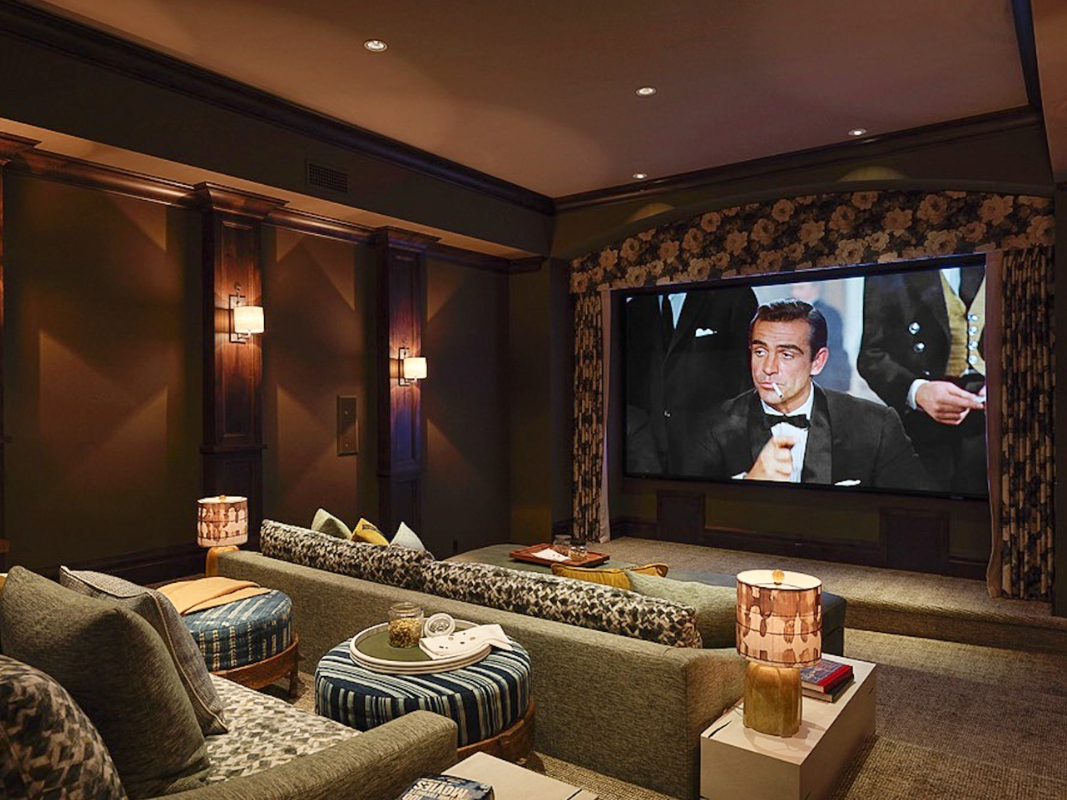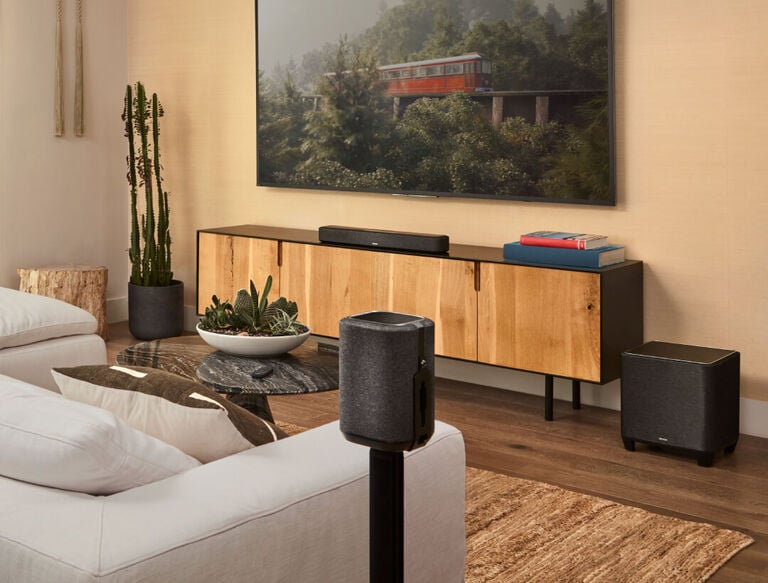Home Theater 101: Everything You Required to Know for a Motion Picture Experience in your home
Developing a home movie theater that measures up to the cinematic experience of a business theatre includes mindful consideration of several parts, including screen selection, sound systems, and room design. Each aspect plays a pivotal function in attaining the wanted ambiance and functionality. Whether you are contemplating the excellent screen size or the complexities of surround noise, understanding these principles is vital. As we explore these important parts, it comes to be apparent that the options made can substantially influence your overall viewing experience, leaving one to consider just how these choices will shape your individual movie theater.
Choosing the Right Screen
When establishing up a home cinema, picking the appropriate display can make or break the viewing experience - home theater installation tampa. The screen offers as the focal point of your setup, influencing picture top quality, watching angles, and general aesthetic. Trick factors to take into consideration include display kind, resolution, and dimension
Initially, figure out the appropriate display size based on your space dimensions and seating range. Next, pick in between different screen kinds, such as fixed-frame, motorized, or retractable displays, each offering distinctive benefits.
Resolution is another important factor. For a really immersive experience, take into consideration a screen developed for 4K or perhaps 8K web content, guaranteeing sharpness and quality. In addition, consider the screen's gain, which impacts brightness and comparison; a greater gain can boost illumination in well-lit areas, while a reduced gain might be preferable for darker atmospheres.
Choosing Audio Equipment
Audio equipment is an essential part of any kind of home cinema system, considerably improving the total watching experience. The option of audio equipment can determine the deepness, quality, and immersion of sound, essential for developing a motion picture atmosphere.
When choosing audio equipment, consider a surround stereo, which generally includes a receiver, multiple audio speakers, and a speaker. A 5.1 or 7.1 network system is suggested, where the first number represents the audio speakers and the 2nd the subwoofer, offering an immersive soundscape. The receiver is the heart of the system, managing sound and video clip signals, and ought to support modern layouts like Dolby Atmos for an improved spatial experience.
Quality speakers are important; search for versions that use a balanced sound account with great bass feedback. Floor-standing audio speakers can create richer sound, while shelf choices conserve area. Furthermore, consider cordless options for convenience of installation, although wired systems frequently deliver premium performance.

Ideal Seating Arrangements
Creating an optimal home cinema experience pivots dramatically on optimal seating plans. The plan of seats plays an important function in both comfort and viewing quality, straight affecting the general cinematic experience.
First, take into consideration the display size and viewing distance. A typical guideline is to place seats at a range roughly 1.5 to 2.5 times the diagonal dimension of the screen. This ensures an immersive experience without stressing the eyes.
Next, altitude is vital. If your seats is in a tiered layout, the back rows ought to be greater than the front to stay clear of obstructions. For flat seats, make sure that the front row is not too close to the display, and that every person has a clear line of vision.
Moreover, think about the arrangement in regards to Continue social dynamics. Team seats can improve the public experience, while private seats might be chosen for individual viewing.

Finally, prioritize comfort with ergonomic seats that sustains extensive viewing periods. Including recliner chairs or supported seats can considerably boost the experience, making the home theater a favored location for both amusement and relaxation.
Lighting and Atmosphere
Reliable lighting and atmosphere are necessary components of a well-designed home movie theater, as they dramatically influence the seeing experience. The ideal lights can enhance the cinematic feel, while bad selections can detract from it. For ideal outcomes, consider a layered lighting technique that includes ambient, task, and accent lights.
Ambient lighting offers basic lighting, making sure that the space is not entirely dark, which can stress the eyes. Dimmer buttons are highly recommended, permitting modifications based on the material being checked out. Task illumination, such as wall surface sconces or floor lamps, offers functional illumination for activities like analysis or browsing the room without interfering with the total ambience.
Accent illumination can be used to highlight building features or produce centerpieces, including deepness and interest to the room. LED click here for more strip lights behind screens or along shelves can offer a subtle radiance that improves the visual experience without overwhelming the viewer.

Wiring and Installation Tips
A well-planned wiring setup is essential for attaining optimal efficiency in your house cinema system. Appropriate electrical wiring not only guarantees high-grade sound and video signals but additionally improves the general aesthetic of your room. Begin by drawing up your format, recognizing where each component will be placed, including your screen, speakers, and receiver.
When selecting wires, focus on high-grade, suitably assessed wiring to lower signal loss. HDMI cords need to be utilized for video links, while speaker wire should match the requirements of your speakers and amplifier. Choose in-wall rated cords to follow safety criteria and maintain a tidy appearance.

Verdict
In summary, creating a remarkable home cinema experience needs mindful consideration of various aspects, consisting of screen option, audio devices, seating plans, lighting, and electrical wiring. Each part plays an important duty in attaining optimal performance and atmosphere, ultimately boosting the pleasure of home amusement. By prioritizing these elements, a motion picture atmosphere can be efficiently replicated, enabling for immersive checking out experiences that rival conventional cinema settings. Attention to detail in each location is vital for total fulfillment.
Producing a home movie theater that matches the cinematic experience of a commercial theatre entails mindful factor to consider of multiple components, consisting of display option, audio systems, and space design.When setting up a home theater, selecting the ideal display can make or damage the viewing experience. Next off, select in between numerous display types, such as fixed-frame, motorized, or retracting screens, each offering unique advantages. For a truly immersive experience, consider a display developed for 4K or even 8K content, guaranteeing sharpness and quality.In recap, developing an exceptional home cinema experience needs careful factor to consider of different elements, consisting of display selection, audio tools, seating plans, lighting, and circuitry.
Comments on “How to Discover the Top Home Theater Tampa Installation Professionals”